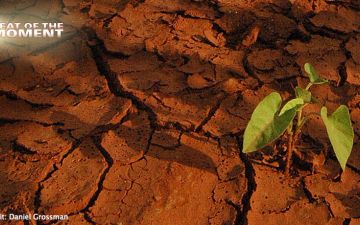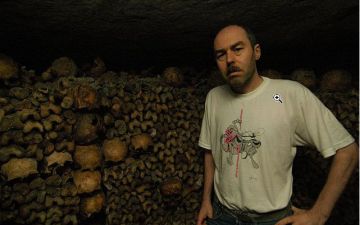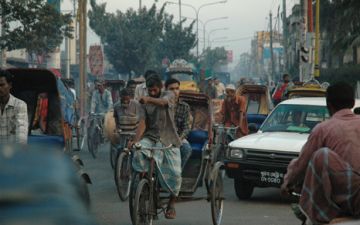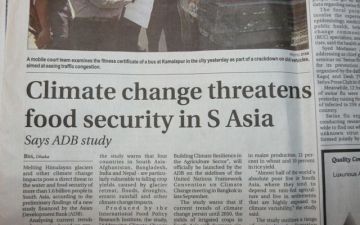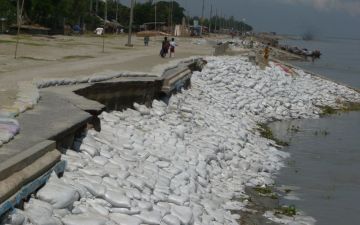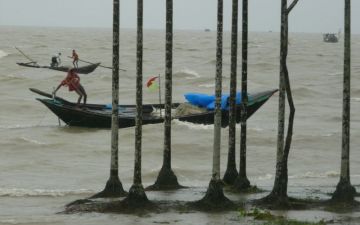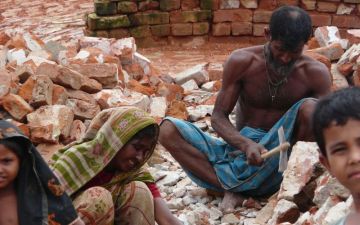Heat of the Moment: Drought (Part 3)
Makuleke, a village of small mud-walled houses with tin roofs in South Africa's Limpopo province, is a dry place in a dry land. Rainfall there, near the country's border with Zimbabwe, is low by most standards; about the same as rainfall in Montana.
Philemon Makamu, a farmer in Makuleke, gestures toward a garden planted in corn, pumpkin, watermelon and peanuts. His friend Reckson Josini squats to the ground to grasp a corn stalk gingerly in his hands. "You can see how it suffers," say Makamu.
